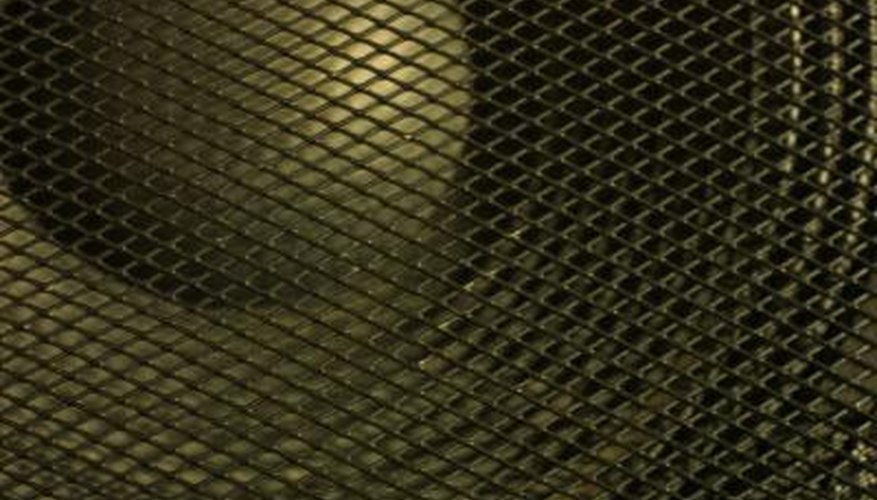The way a speaker is wired has an effect on its performance and uses. The two methods of wiring a speaker are series, in which all speakers are chained in line with the input jack, and parallel, in which all speakers are stacked to the same positive and negative inputs on the input jack. Each method will change the impedance (ohm) rating of the total speaker load, meaning each has a specific application. Series speaker wiring is good for obtaining a higher impedance to work with high-impedance amplifiers, such as those used with subwoofers. Parallel wiring lowers impedance, making it useful for low-impedance amplifiers producing a higher output.
- The way a speaker is wired has an effect on its performance and uses.
- Series speaker wiring is good for obtaining a higher impedance to work with high-impedance amplifiers, such as those used with subwoofers.
Connect speaker wire between the positive speaker jack terminal and the positive terminal of one of the speakers. If necessary, solder the wires in place.
Run speaker wire from the negative terminal of the speaker to the positive terminal of the next speaker. Solder in place if necessary. Repeat this process until all speakers being used are connected.
- Run speaker wire from the negative terminal of the speaker to the positive terminal of the next speaker.
Connect speaker wire from the negative terminal of the last speaker to the negative terminal of the speaker jack. Solder in place if necessary. The speakers are now wired in series.
Calculate the total impedance by adding the impedance of all speakers together.
Connect speaker wire from the positive terminal of the speaker jack to the positive terminal of the first speaker. Solder in place if necessary. Repeat this process to connect the negative jack terminal to the negative speaker terminal.
- Connect speaker wire from the positive terminal of the speaker jack to the positive terminal of the first speaker.
- Repeat this process to connect the negative jack terminal to the negative speaker terminal.
Run speaker wire from the positive terminal of the first speaker to the positive terminal of the next speaker in the chain. Do the same for the negative terminals, and solder these connections if necessary. Repeat this process until all speakers have been connected.
Calculate the total impedance of parallel-wired speakers by multiplying the impedance of each speaker. Divide this result by the sum of the impedance of all speakers to obtain the total impedance.
TIP
Choose the method of wiring based on your speaker needs. Series wired speakers can handle higher impedances, while parallel wired speakers have a higher acoustical output. Only so many speakers may be run in parallel before the impedance becomes too low for an amplifier to handle. Similarly, too many speakers wired in series creates an impedance too high for an amplifier to match.
WARNING
Be sure the speakers are capable of handling both the impedance and power rating of the amplifier they will be connected to, or else you may damage both the speakers and amplifier. Always work in a well-ventilated area when soldering to avoid inhaling toxic fumes.
